-
 Bitcoin
Bitcoin $118400
0.47% -
 Ethereum
Ethereum $3836
2.20% -
 XRP
XRP $3.157
2.98% -
 Tether USDt
Tether USDt $0.9999
-0.03% -
 BNB
BNB $801.5
1.31% -
 Solana
Solana $180.9
2.07% -
 USDC
USDC $0.9999
-0.02% -
 Dogecoin
Dogecoin $0.2225
2.50% -
 TRON
TRON $0.3285
-1.02% -
 Cardano
Cardano $0.7789
2.60% -
 Hyperliquid
Hyperliquid $43.60
2.39% -
 Sui
Sui $3.892
4.41% -
 Stellar
Stellar $0.4229
3.34% -
 Chainlink
Chainlink $18.01
3.98% -
 Hedera
Hedera $0.2745
6.77% -
 Bitcoin Cash
Bitcoin Cash $582.3
3.38% -
 Avalanche
Avalanche $23.77
1.04% -
 Ethena USDe
Ethena USDe $1.001
0.01% -
 Toncoin
Toncoin $3.493
3.59% -
 Litecoin
Litecoin $110.0
2.48% -
 UNUS SED LEO
UNUS SED LEO $8.936
-0.37% -
 Shiba Inu
Shiba Inu $0.00001304
2.49% -
 Uniswap
Uniswap $9.999
1.09% -
 Polkadot
Polkadot $3.897
3.26% -
 Monero
Monero $308.6
-0.83% -
 Dai
Dai $0.9999
-0.01% -
 Bitget Token
Bitget Token $4.504
-0.04% -
 Pepe
Pepe $0.00001154
2.95% -
 Cronos
Cronos $0.1471
3.06% -
 Ethena
Ethena $0.6691
19.53%
What is the death cross in crypto EMA trading?
A death cross occurs when a crypto’s 50-day EMA falls below its 200-day EMA, signaling potential bearish momentum and a looming downtrend.
Jul 31, 2025 at 01:21 am
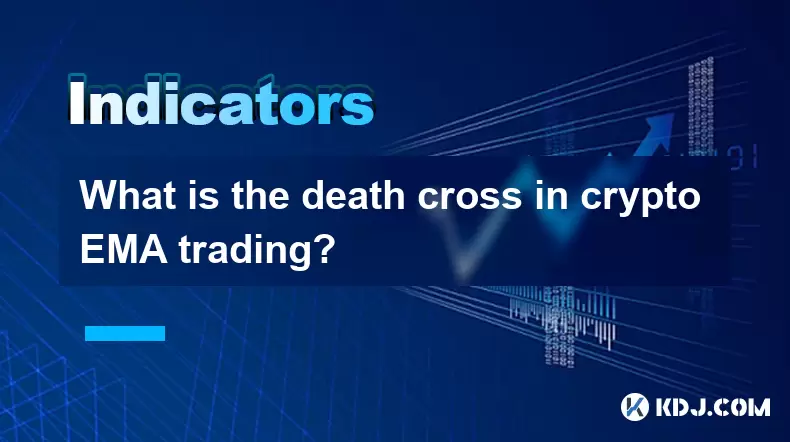
Understanding the Death Cross in Crypto EMA Trading
The death cross is a widely recognized technical analysis pattern used by traders in the cryptocurrency market to signal a potential bearish reversal. It occurs when a short-term Exponential Moving Average (EMA) crosses below a long-term EMA, typically the 50-day EMA crossing below the 200-day EMA. This crossover suggests that recent price momentum is weakening and that downward pressure may dominate in the coming days or weeks. While the death cross is not a guaranteed predictor of price decline, it is often interpreted as a warning sign by technical traders.
The EMA differs from the Simple Moving Average (SMA) because it places greater weight on recent price data, making it more responsive to new market information. This responsiveness makes EMA-based crossovers, such as the death cross, more sensitive to shifts in market sentiment. In the volatile world of crypto trading, where price swings can be extreme, the death cross can appear frequently, especially during major corrections.
How the Death Cross Forms on Crypto Charts
To visually identify a death cross, traders must plot both the 50-day EMA and the 200-day EMA on a price chart of a cryptocurrency such as Bitcoin or Ethereum. The formation unfolds in three distinct phases:
- A prevailing upward trend where the 50-day EMA trades above the 200-day EMA
- A consolidation or pullback where the short-term EMA begins to lose momentum and approaches the long-term EMA
- The actual crossover event, where the 50-day EMA moves below the 200-day EMA, completing the death cross pattern
This pattern is most reliable when it appears after a prolonged bullish phase, suggesting that the uptrend may be losing steam. Volume analysis can add confirmation—increasing trading volume during the crossover may strengthen the bearish signal.
Practical Steps to Identify a Death Cross on Trading Platforms
Traders can detect a death cross using most major crypto trading platforms such as Binance, TradingView, or Coinbase Advanced Trade. Here’s how to set it up:
- Open the chart of the cryptocurrency you want to analyze
- Navigate to the indicators or studies section
- Search for and apply the Exponential Moving Average (EMA) indicator twice
- Configure the first EMA with a period of 50
- Configure the second EMA with a period of 200
- Observe the two lines on the chart; when the 50-day EMA dips below the 200-day EMA, the death cross is formed
Ensure the chart time frame is set to daily (1D) for the most traditional interpretation. While the death cross can appear on shorter time frames like 4-hour charts, its significance increases on longer-term charts due to reduced noise and stronger trend implications.
Differentiating the Death Cross from the Golden Cross
It is essential to distinguish the death cross from its bullish counterpart, the golden cross. The golden cross occurs when the 50-day EMA crosses above the 200-day EMA, indicating a potential shift from a bearish to a bullish trend. Both patterns use the same EMAs but represent opposite market signals.
- The death cross signals bearish momentum and is often associated with market tops or the end of a bull run
- The golden cross signals bullish momentum and typically follows prolonged downtrends or accumulation phases
Misinterpreting these two patterns can lead to incorrect trading decisions. For example, entering a long position immediately after a death cross may expose traders to further downside risk, especially if the broader market sentiment is turning negative.
Historical Examples of the Death Cross in Crypto Markets
The death cross has appeared during several major crypto market downturns. One notable instance occurred in May 2021, when Bitcoin’s 50-day EMA crossed below its 200-day EMA amid a sharp correction from nearly $65,000 to below $30,000. This crossover coincided with increased regulatory concerns and a broader market sell-off, reinforcing the bearish signal.
Another example emerged in June 2022, during the collapse of the Terra (LUNA) ecosystem. Bitcoin and several major altcoins displayed death crosses as panic selling swept through the market. In both cases, the death cross did not immediately trigger the crash but appeared as the market was already in a correction phase, serving as a lagging confirmation of weakening momentum.
While past performance does not guarantee future results, these instances highlight how the death cross can align with broader market sentiment shifts, especially when supported by fundamental or macroeconomic triggers.
Using the Death Cross in Trading Strategies
Traders incorporate the death cross into their strategies in various ways. Some use it as a trend confirmation tool, waiting for additional indicators such as Relative Strength Index (RSI) divergence or MACD histogram flips to validate the signal. Others use it as a risk management cue, reducing exposure or tightening stop-loss levels when the pattern forms.
- Consider exiting long positions or reducing portfolio allocation to high-risk assets
- Use the signal to initiate short positions, especially in markets that allow leveraged trading
- Combine with on-chain data, such as exchange inflows or whale movements, for stronger conviction
However, due to the lagging nature of moving averages, the death cross may appear after a significant portion of the price drop has already occurred. Therefore, relying solely on this signal without additional context can lead to late reactions.
Frequently Asked Questions
Q: Can the death cross appear on time frames other than daily?
Yes, the death cross can technically form on any time frame, including 4-hour or weekly charts. However, its reliability diminishes on shorter time frames due to increased market noise. The daily chart is preferred because it reflects broader market trends with fewer false signals.
Q: Does the death cross always lead to a bear market?
No, the death cross is not a definitive predictor of a bear market. It indicates potential weakness but can sometimes occur during temporary corrections within a larger bull trend. Confirming the signal with volume, momentum indicators, or fundamental context improves accuracy.
Q: Are there variations of the death cross using different EMAs?
Some traders use alternative EMA combinations, such as the 10-day EMA crossing below the 50-day EMA for shorter-term signals. However, the 50/200-day EMA crossover remains the most widely accepted version due to its historical significance and broad adoption.
Q: How long does the bearish impact of a death cross typically last?
The duration varies significantly. In some cases, the downward pressure may last weeks or months, especially if supported by negative fundamentals. In others, the market may recover quickly, turning the death cross into a false signal. Monitoring price action after the crossover is crucial.
Disclaimer:info@kdj.com
The information provided is not trading advice. kdj.com does not assume any responsibility for any investments made based on the information provided in this article. Cryptocurrencies are highly volatile and it is highly recommended that you invest with caution after thorough research!
If you believe that the content used on this website infringes your copyright, please contact us immediately (info@kdj.com) and we will delete it promptly.
- Pudgy Penguins Price Prediction: Buying Opportunity or Insider Dump?
- 2025-07-31 18:50:35
- Penny Coin Power: Unearthing 20x Potential in Undervalued Crypto
- 2025-07-31 20:10:14
- Shrapnel, GalaChain, and China Gaming: A New Frontier
- 2025-07-31 19:10:35
- Mutuum Finance, Bitcoin, and Market Analysis: Decoding the Latest Trends
- 2025-07-31 19:30:13
- Dogecoin Howl: Bullish Signals and Analyst Bites – Is the Meme Coin Ready to Pounce?
- 2025-07-31 18:30:16
- Decoding Crypto Presales, Ethereum's Role, and Navigating a Tricky Altcoin Season
- 2025-07-31 18:30:16
Related knowledge
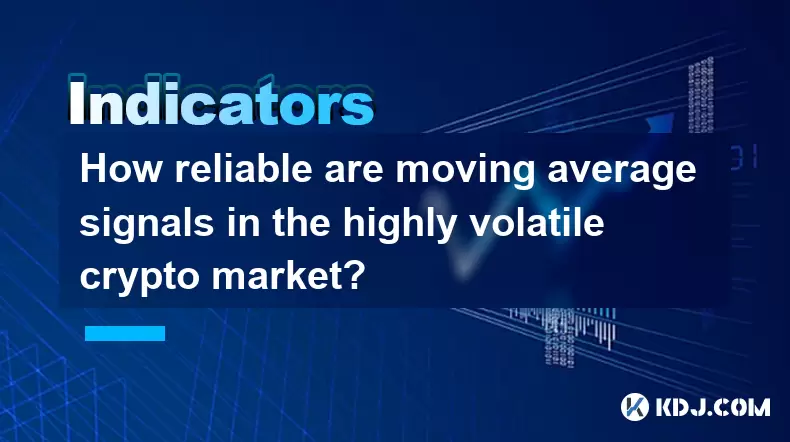
How reliable are moving average signals in the highly volatile crypto market?
Jul 31,2025 at 08:36pm
Understanding Moving Averages in Cryptocurrency TradingMoving averages (MAs) are among the most widely used technical indicators in the cryptocurrency...
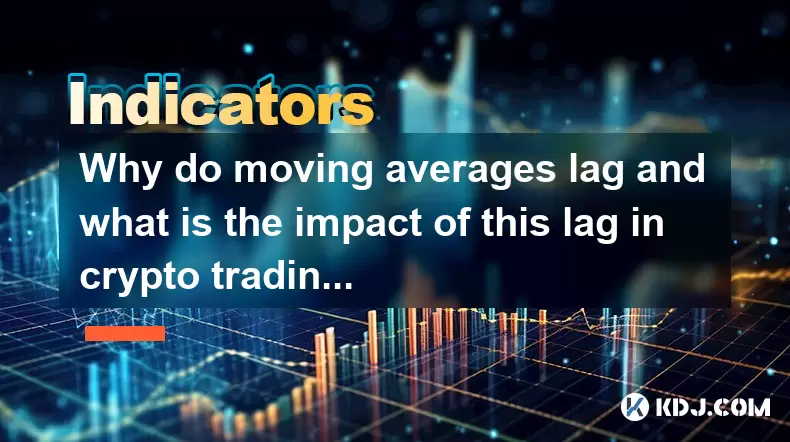
Why do moving averages lag and what is the impact of this lag in crypto trading?
Jul 31,2025 at 08:07pm
Understanding the Concept of Moving Averages in Crypto TradingMoving averages are among the most widely used technical indicators in cryptocurrency tr...
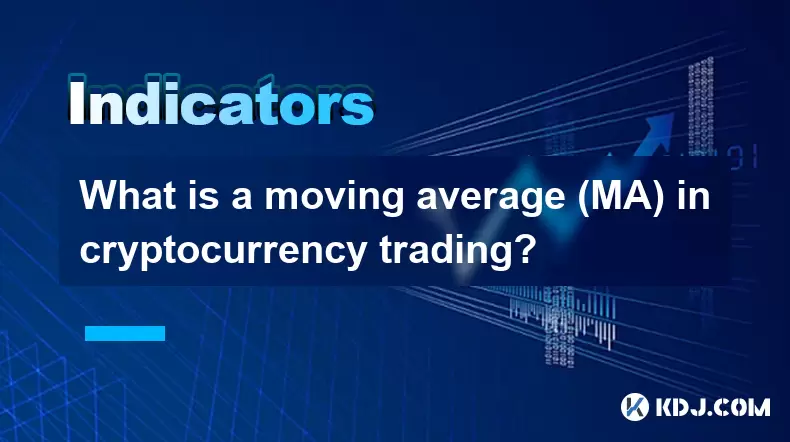
What is a moving average (MA) in cryptocurrency trading?
Jul 31,2025 at 06:30pm
Understanding the Concept of Moving Average (MA)A moving average (MA) is a widely used technical analysis tool in cryptocurrency trading that helps sm...
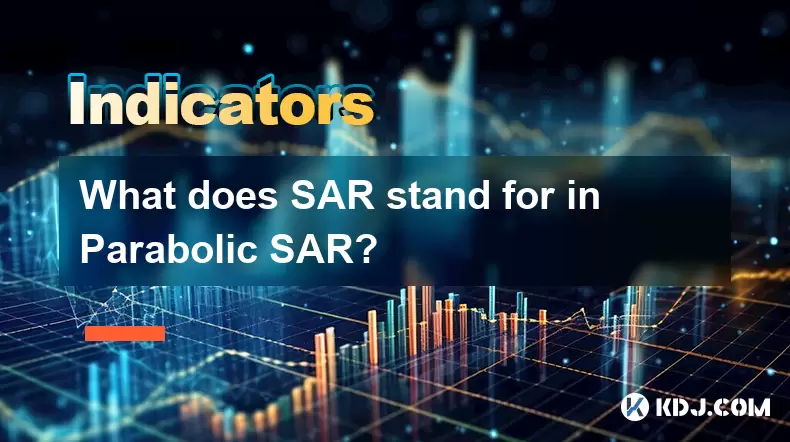
What does SAR stand for in Parabolic SAR?
Jul 31,2025 at 06:49pm
Understanding the Meaning of SAR in Parabolic SARIn the context of technical analysis in the cryptocurrency market, SAR stands for 'Stop and Reverse' ...
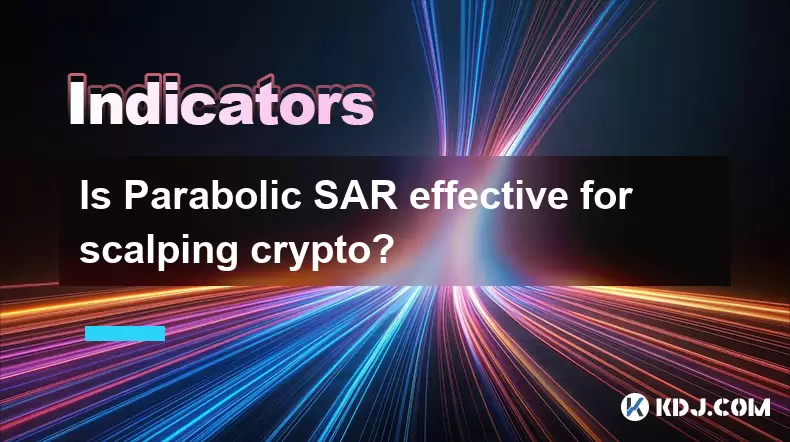
Is Parabolic SAR effective for scalping crypto?
Jul 31,2025 at 08:29pm
Understanding Parabolic SAR in Cryptocurrency TradingThe Parabolic SAR (Stop and Reverse) is a technical indicator developed by J. Welles Wilder, prim...
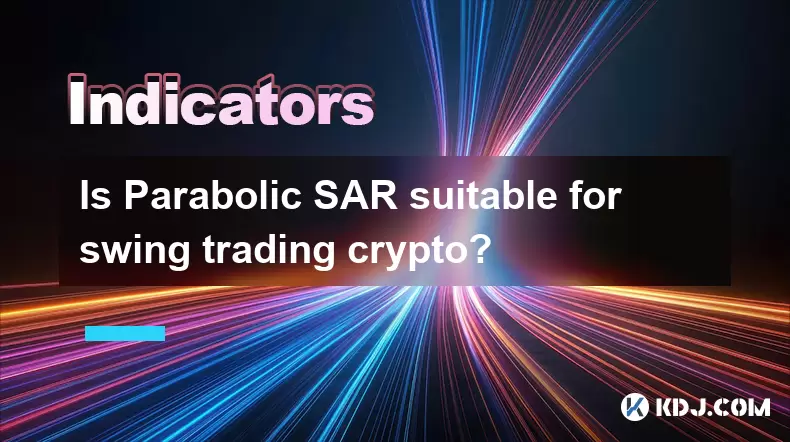
Is Parabolic SAR suitable for swing trading crypto?
Jul 31,2025 at 05:29pm
Understanding Parabolic SAR in Cryptocurrency TradingThe Parabolic SAR (Stop and Reverse) is a technical indicator developed by J. Welles Wilder that ...

How reliable are moving average signals in the highly volatile crypto market?
Jul 31,2025 at 08:36pm
Understanding Moving Averages in Cryptocurrency TradingMoving averages (MAs) are among the most widely used technical indicators in the cryptocurrency...

Why do moving averages lag and what is the impact of this lag in crypto trading?
Jul 31,2025 at 08:07pm
Understanding the Concept of Moving Averages in Crypto TradingMoving averages are among the most widely used technical indicators in cryptocurrency tr...

What is a moving average (MA) in cryptocurrency trading?
Jul 31,2025 at 06:30pm
Understanding the Concept of Moving Average (MA)A moving average (MA) is a widely used technical analysis tool in cryptocurrency trading that helps sm...

What does SAR stand for in Parabolic SAR?
Jul 31,2025 at 06:49pm
Understanding the Meaning of SAR in Parabolic SARIn the context of technical analysis in the cryptocurrency market, SAR stands for 'Stop and Reverse' ...

Is Parabolic SAR effective for scalping crypto?
Jul 31,2025 at 08:29pm
Understanding Parabolic SAR in Cryptocurrency TradingThe Parabolic SAR (Stop and Reverse) is a technical indicator developed by J. Welles Wilder, prim...

Is Parabolic SAR suitable for swing trading crypto?
Jul 31,2025 at 05:29pm
Understanding Parabolic SAR in Cryptocurrency TradingThe Parabolic SAR (Stop and Reverse) is a technical indicator developed by J. Welles Wilder that ...
See all articles

























































































